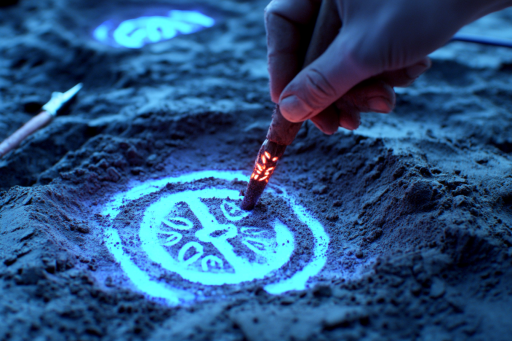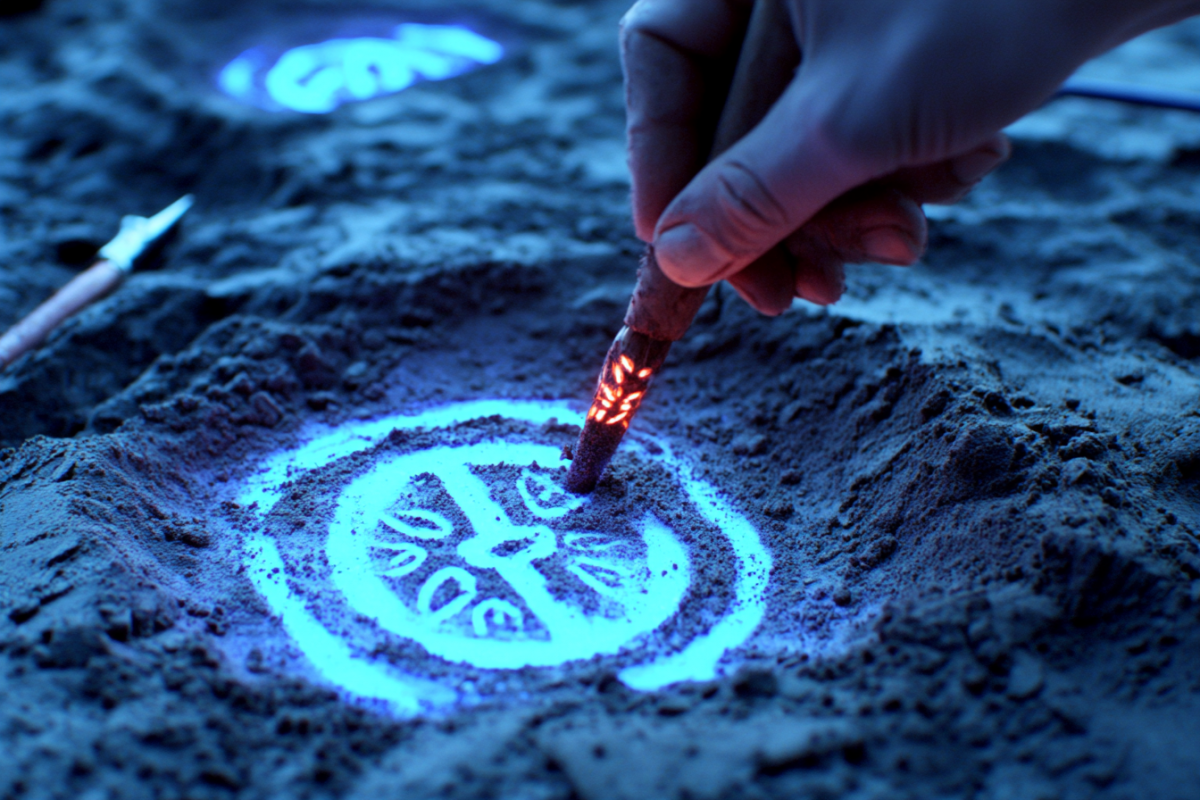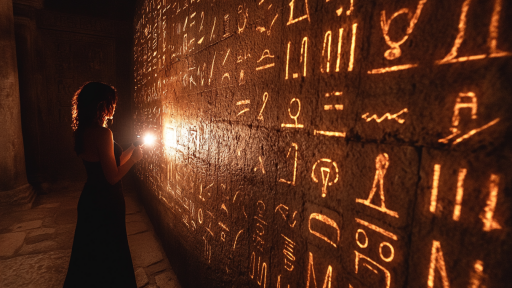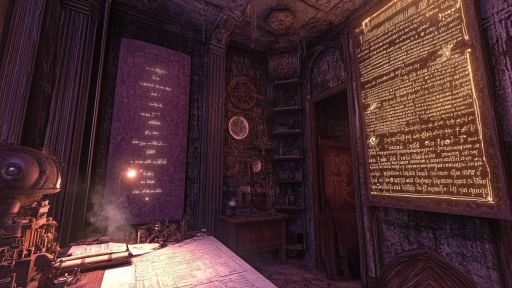
Archaeologists often expect to uncover everyday artifacts—pottery, tools, or remnants of ancient dwellings. But sometimes, what seems like an ordinary find turns out to be something far more mysterious, shocking, or even history-changing. From misidentified relics to objects that defy explanation, these discoveries remind us that history is full of surprises. Could more astonishing secrets still be buried beneath our feet?
The “Ordinary” Rock That Turned Out to Be a 1,600-Year-Old Roman Dodecahedron

When a small, oddly shaped stone was found in a field, it was initially dismissed as an insignificant object. However, further analysis revealed it to be a Roman dodecahedron—a 12-sided geometric artifact whose purpose remains a mystery. Some believe it was used for astronomical calculations, while others think it had religious or military significance. Despite many discoveries of similar objects, no historical records explain their true function.
A Pile of Bones That Revealed a Long-Lost Species

Archaeologists in a South African cave thought they had found a simple collection of ancient bones. Instead, they had uncovered Homo naledi, a previously unknown species of human ancestor. This discovery rewrote the timeline of human evolution, suggesting that multiple human-like species coexisted longer than previously thought. Could there be even more missing links waiting to be found?
An Ancient Pottery Shard That Held a Secret Message

At first glance, it was just another broken piece of pottery found at an excavation site. But when cleaned and examined closely, faint inscriptions revealed it to be an ancient letter detailing trade agreements between civilizations. The writing, preserved for thousands of years, provided rare insight into early commerce and diplomatic relations. A simple fragment had suddenly become a historical treasure.
The Discovery of the “Unfinished” Statue That Was Actually an Advanced Astronomical Tool

A partially carved stone unearthed in Peru was initially thought to be an abandoned statue. However, further investigation revealed it to be an ancient astronomical device, carefully aligned with the stars. Its grooves and markings indicated it was used to track solstices and eclipses, showing an advanced understanding of celestial movements. Was this proof of an unknown pre-Columbian observatory system?
A Gold Mask That Wasn’t Just Decoration

A golden mask found in a royal tomb seemed to be nothing more than an elaborate burial ornament. However, closer analysis revealed traces of unknown chemicals embedded in its surface, suggesting it may have been used in ancient rituals involving mind-altering substances. This discovery changed our understanding of how some civilizations viewed the afterlife. Could more hidden secrets be locked within burial relics?
A “Common” Viking Sword That Contained a Metal Science Couldn’t Explain

When archaeologists uncovered an iron Viking sword, they assumed it was just another weapon from the era. But metallurgical tests showed that the blade contained elements that shouldn’t have been available to Vikings—traces of a forging technique more advanced than anything known at the time. Some speculate that the knowledge to create such weapons was lost over time. Could this be evidence of forgotten technology?
A Simple Clay Tablet That Solved an Ancient Riddle

A weathered clay tablet covered in symbols appeared to be just another mundane artifact. However, after being deciphered, it revealed crucial details about an ancient civilization’s language, helping researchers decode previously unreadable texts. What was once just a lump of clay turned out to be the key to unlocking lost history.
An Abandoned Tunnel That Led to a Hidden Underground City

A group of archaeologists exploring a collapsed tunnel thought it was part of a forgotten irrigation system. Instead, they discovered the entrance to a vast underground city, complete with homes, meeting halls, and escape routes. The city, hidden for centuries, suggested that an ancient civilization had built it as a refuge. Could more hidden cities still be waiting to be unearthed?
A Cracked Stone That Contained the Oldest Known Writing

A seemingly insignificant stone was tossed aside at an excavation site—until researchers noticed faint carvings on its surface. When translated, they turned out to be the oldest recorded writing ever discovered, pushing back the known timeline of written language. What other ancient texts might still be buried, waiting to be read?
Buried Truths Beneath the Surface

These discoveries remind us that even the most unassuming objects can hold extraordinary secrets. What might be mistaken for a simple rock, bone, or piece of pottery could actually contain knowledge that changes how we view history. Could more seemingly “ordinary” finds be waiting to rewrite what we know about the past? Perhaps the next great discovery is already in someone’s hands, just waiting to be understood.





